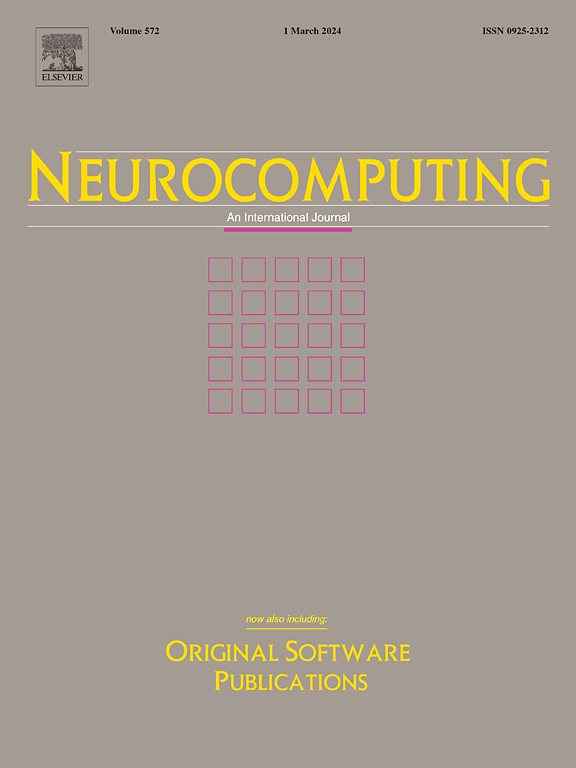NeRF dynamic scene reconstruction based on motion, semantic information and inpainting
IF 5.5
2区 计算机科学
Q1 COMPUTER SCIENCE, ARTIFICIAL INTELLIGENCE
引用次数: 0
Abstract
In this work, we address the inherent limitations of Neural Radiance Field (NeRF) in synthesizing novel viewpoints within dynamic environments, particularly those compromised by moving objects. Such scenarios frequently yield reconstructions of suboptimal quality, characterized by blurriness and the presence of artifacts, which significantly undermines the fidelity of synthetic scenes. This limitation significantly restricts the potential applications of NeRF in autonomous driving contexts, such as scene editing, high-precision map construction, and related functionalities. To overcome these challenges, we propose a novel NeRF-based approach tailored to address the complexities associated with moving objects in monocular driving scenarios. The proposed approach combines optical flow analysis and semantic information to precisely detect and localize moving objects. This was then followed by an inpainting technique that guides the NeRF reconstruction process, effectively mitigating the adverse impacts of dynamic elements within the scene. Our model is further enhanced by incorporating depth and semantic data to refine the training process. We validate the efficacy of our approach through comprehensive experimentation on both synthetic and real-world driving datasets, as well as on challenging self-recorded realistic driving scenes. Our method achieves a performance improvement of up to 13% compared to previous state-of-the-art methods. Additionally, we verify the efficacy of our approach through comprehensive ablation analyses. Both the quantitative and qualitative results demonstrate the superiority especially in dynamic driving scenes, advancing the potential applications in autonomous driving contexts.
Our code and self-collected data are available at https://github.com/GandalfTGrey/Nerf-KBS.git.

求助全文
约1分钟内获得全文
求助全文
来源期刊

Neurocomputing
工程技术-计算机:人工智能
CiteScore
13.10
自引率
10.00%
发文量
1382
审稿时长
70 days
期刊介绍:
Neurocomputing publishes articles describing recent fundamental contributions in the field of neurocomputing. Neurocomputing theory, practice and applications are the essential topics being covered.
 求助内容:
求助内容: 应助结果提醒方式:
应助结果提醒方式:


